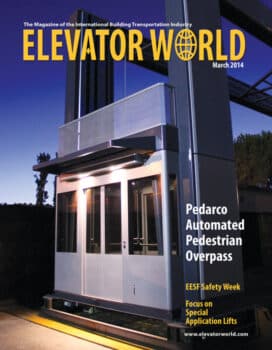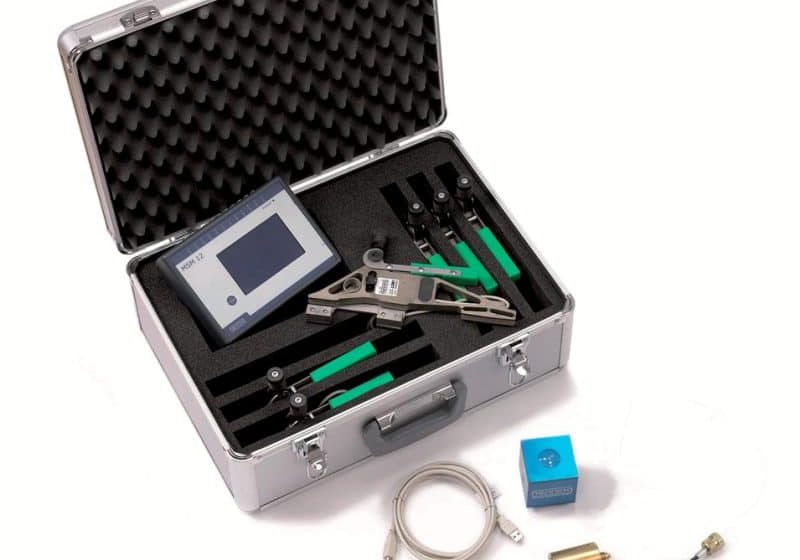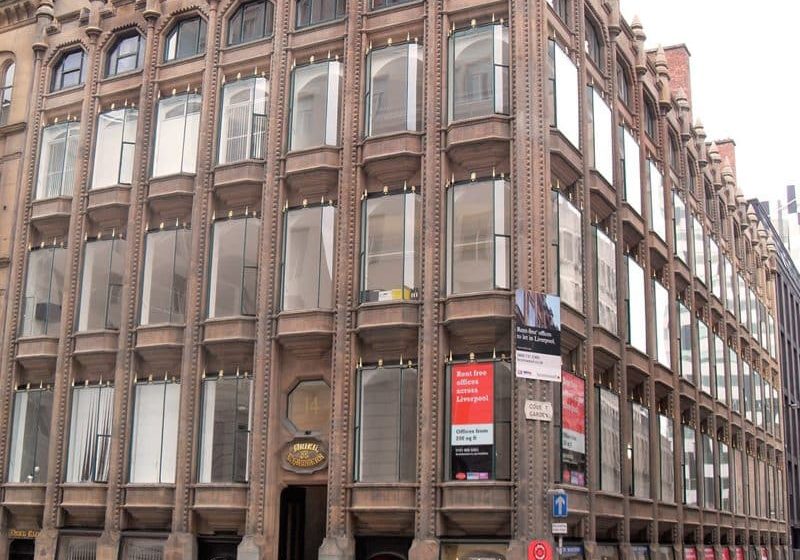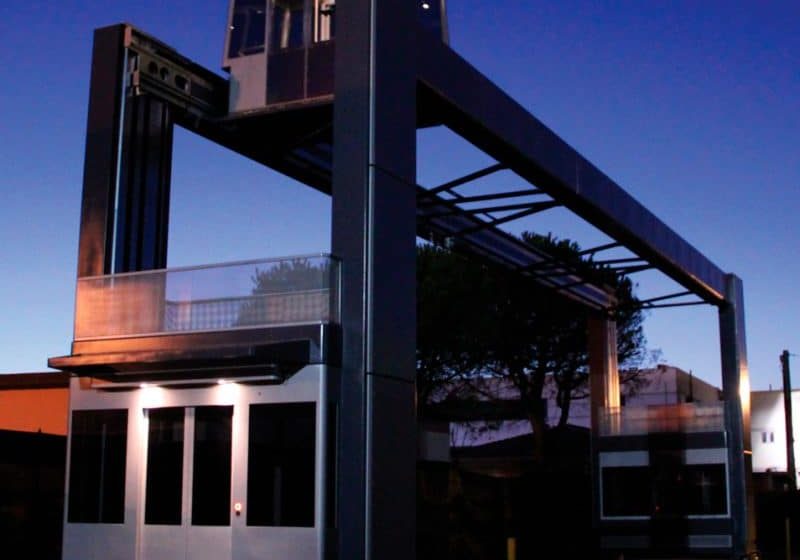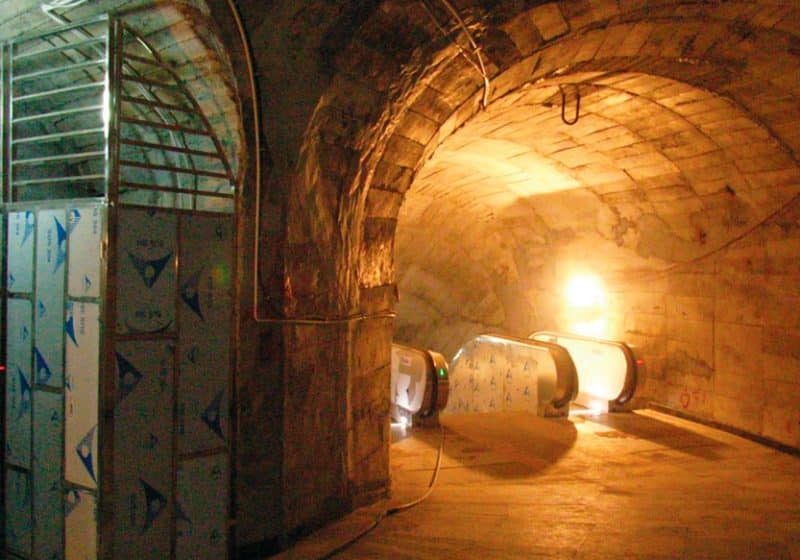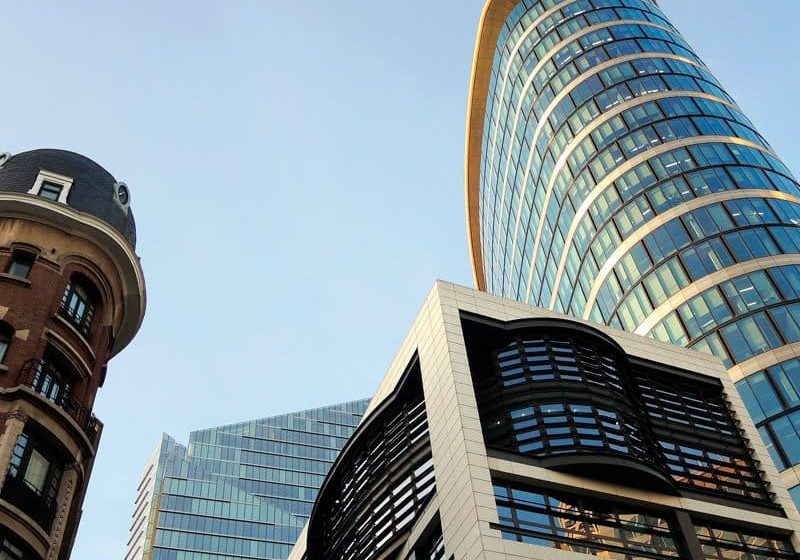From Cadillacs to Custom Lifts: Inclinator Co. of America
Mar 1, 2014

From Groucho Marx and Henry Ford years ago to President George H.W. Bush and racecar driver Tony Stewart today, Inclinator Co. of America has built and delivered thousands of custom home elevators, along with dumbwaiters and vertical platform lifts (VPLs) for wheelchairs, to customers throughout North America. The company began unexpectedly, the result of Pennsylvania’s first Cadillac dealership owner, C.C. Crispen, visiting a neighbor confined to an upstairs bedroom due to a handicap. A self-taught mechanical engineer, Crispen invented a folding wooden chair and footrest that traveled on rollers affixed to a steel rail fastened to the neighbor’s stairs, thereby enabling her to access each level of her house. Using regular household electric service, the system was so compact that people could still use the stairs when it was operating. Crispen obtained a U.S. patent for his invention, which he named Inclinator®.
Crispen’s idea led to the formation of a company in 1924, when Philadelphia Electric Co. invited him to display the invention in its showroom. It captured the eye of officials from Westinghouse Electric, which had an Inclinator installed at its showcase home on the Atlantic City, New Jersey, Boardwalk. Ironically, George Westinghouse’s archrival, Thomas Edison, would also order an Inclinator. Another invention, the Elevette® home elevator, which provided an alternative to winding staircases, followed in 1928. Paul Krum joined the company in 1929, succeeding Crispen as president in 1979.
Crispen’s idea led to the formation of a company in 1924, when Philadelphia Electric Co. invited him to display the invention in its showroom.
Today, the company is still owned and run by the Crispen and Krum families. Mark Crispen (MC), C.C. Crispen’s great-grandson and Inclinator’s director of Marketing and International Sales, recently took some time to talk to ELEVATOR WORLD (EW) about the company’s strategy going forward.
EW: Inclinator recently wrapped up its inaugural Spanish Language Inclinator University Training Program (at the company’s Harrisburg, Pennsylvania, headquarters in October 2013). Tell us about how the event came about, what it entailed, and how the company is striving to enhance its global presence.
MC: The Spanish Language University is part of our whole initiative to expand beyond our borders and look for new markets. Economic conditions in the U.S. are stagnant, as gross domestic product is an anemic 1.6%. New housing is forecast to be flat for the next three years, which will result in lower demand for home elevators. This, coupled with the fact that there are increasing numbers of suppliers of home elevators (many with very aggressive business models) will lead to downward price pressures. With less demand and more supply, it makes sense for us to look south into Mexico and beyond. We have been working on this initiative for about a year. In March 2013, we signed an agreement with a Bogotá, Colombia-based independent sales representative to help us understand the challenges associated with exporting successfully throughout Latin America.
We have spent a considerable amount of time and money translating technical documents, owners’ manuals, warranty information, order forms and price-quote sheets into Spanish. We have developed brochures and other marketing materials in Spanish, as well. The Spanish Language University offered installation training, but also provided a business opportunity. The attendees were business owners, sales and marketing professionals, as well as installation and technical employees. These business leaders were doing their due diligence on Inclinator to assess our ability to ship, to determine how easy our equipment is to install, and, ultimately, to determine whether there is a market for our equipment in their area.
I’m extremely pleased with the first Spanish university. Three of the four companies that attended signed distribution agreements, and we are in talks with the fourth. With these agreements, we are establishing the parameters of a new business relationship. It was challenging but a lot of fun. We learned from these dealers; we asked them a lot of questions, as well. We wanted to know how items should be packaged and what is the best way to ship. We discussed tariffs and free-trade agreements. We probably learned as much from them as they did from us. Now that we’ve successfully completed our first class, we will probably do two bilingual universities per year. This has been an important step as Inclinator continues to look for new strategies and business models.
EW: How has Inclinator been affected by the ebb and flow of the economy, sales- and employment-wise?
MC: We’re privately held, so we keep things like sales and employment numbers very close to the vest. But, I can say that we really peaked during the mid 2000s when the housing boom was happening. Our leading economic indicator is housing starts, and we all know what happened to housing from 2008-2012. The good news for Inclinator is that we’re a very conservatively run company with very little debt, so we survived the recession very well. We’re looking at tremendous growth right now. We’ve been hiring, and our sales are absolutely back on track.
EW: What sets the company apart from the competition?
MC: In many ways, Inclinator is still very much the company my great-grandfather founded 90 years ago, in that we build each individual cab to order to fit a hoistway, rather than requiring architects and builders to build around our cabs. We’ll build a cab any size, as long as it meets engineering and code constraints. In addition, we have more drive systems than anyone in the market – two winding-drum drives, a hydraulic drive, two machine-room-less products and the first-ever gearless traction elevator in the home elevator business, which went to market in 2005.
EW: What have you found is the best way to keep and win clients?
MC: I think the old adage, “Do what you say you will do,” is a good one to follow. It sounds very simple, but a lot of people in this (or any other) industry do not run their businesses that way. Do not misrepresent yourself; admit your mistakes and work like crazy to fix them. I don’t think customers expect you to be perfect, but they expect you to fix issues and solve problems as soon as possible.
“I see us as a global provider of lift products for residential and commercial applications.” – Crispen
EW: Where is the lion’s share of Inclinator’s business, both in terms of product demand and geography?
MC: Home-elevator sales account for more than half of our business. The bulk of our sales are from the northeast part of the U.S., to the Midwest, and south to Texas and Louisiana. We also have strong representation west of the Rocky Mountains.
Inclinator is undergoing major shifts in long-held corporate strategies. We believe we must diversify our product categories and markets. We currently rely heavily on the home market, but we would like to see more balance. Our VPL and dumbwaiter lines have not been adequately developed over the years, but we’re looking to change that. We are working very hard to increase our presence in the accessibility business, with a major announcement planned for early 2014.
Looking beyond U.S. borders, developing a focused export strategy and implementing it effectively is a great challenge. But, our initiative is on schedule, and we expect to see revenue gains in Central and South America and the Eastern Caribbean in 2015.
EW: Where do you see the company in 15 years?
MC: In 15 years, we will be celebrating our 105th anniversary, and I see us being a much larger and more diversified company than we are now. I see us as a global provider of lift products for residential and commercial applications.
Get more of Elevator World. Sign up for our free e-newsletter.

